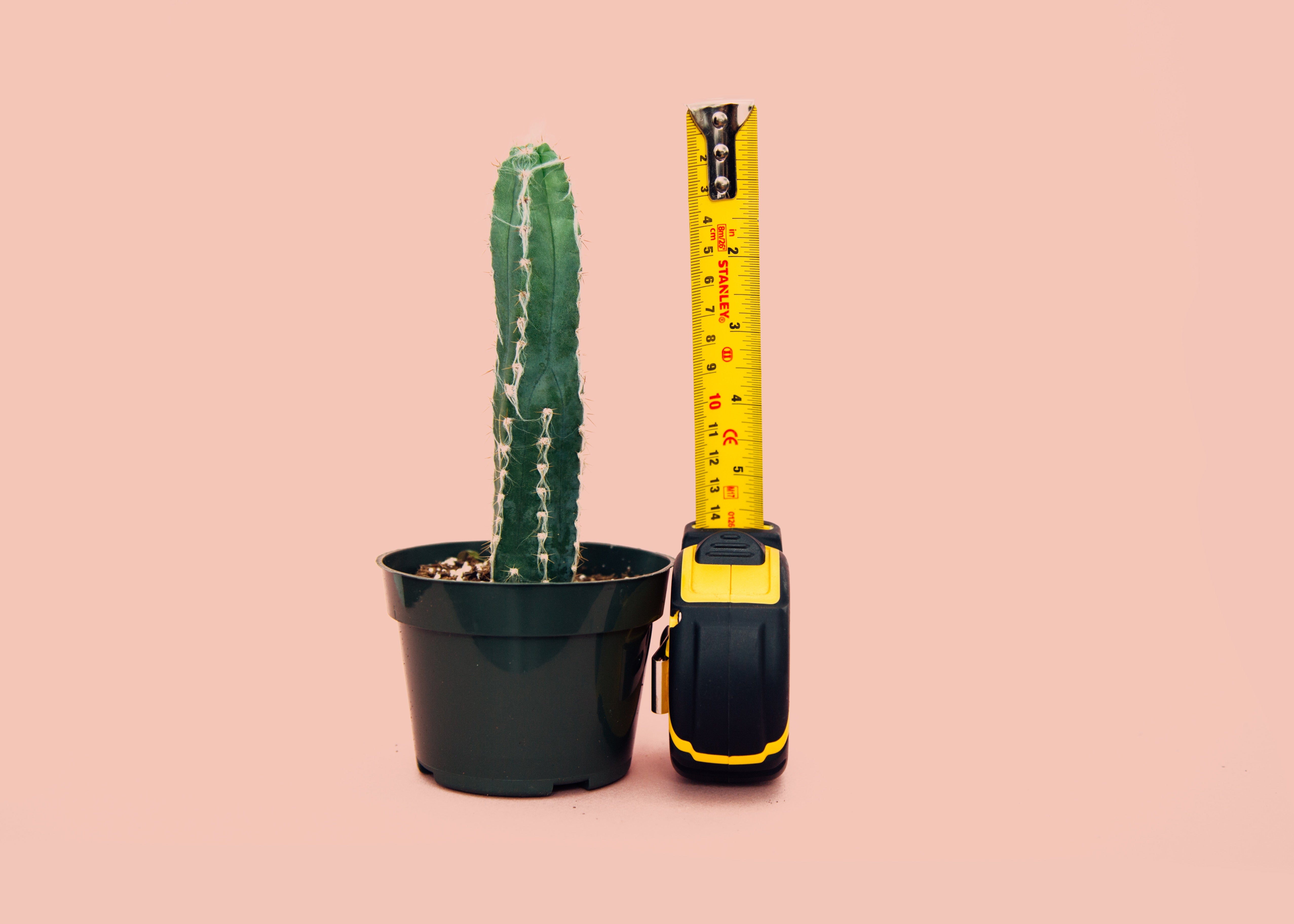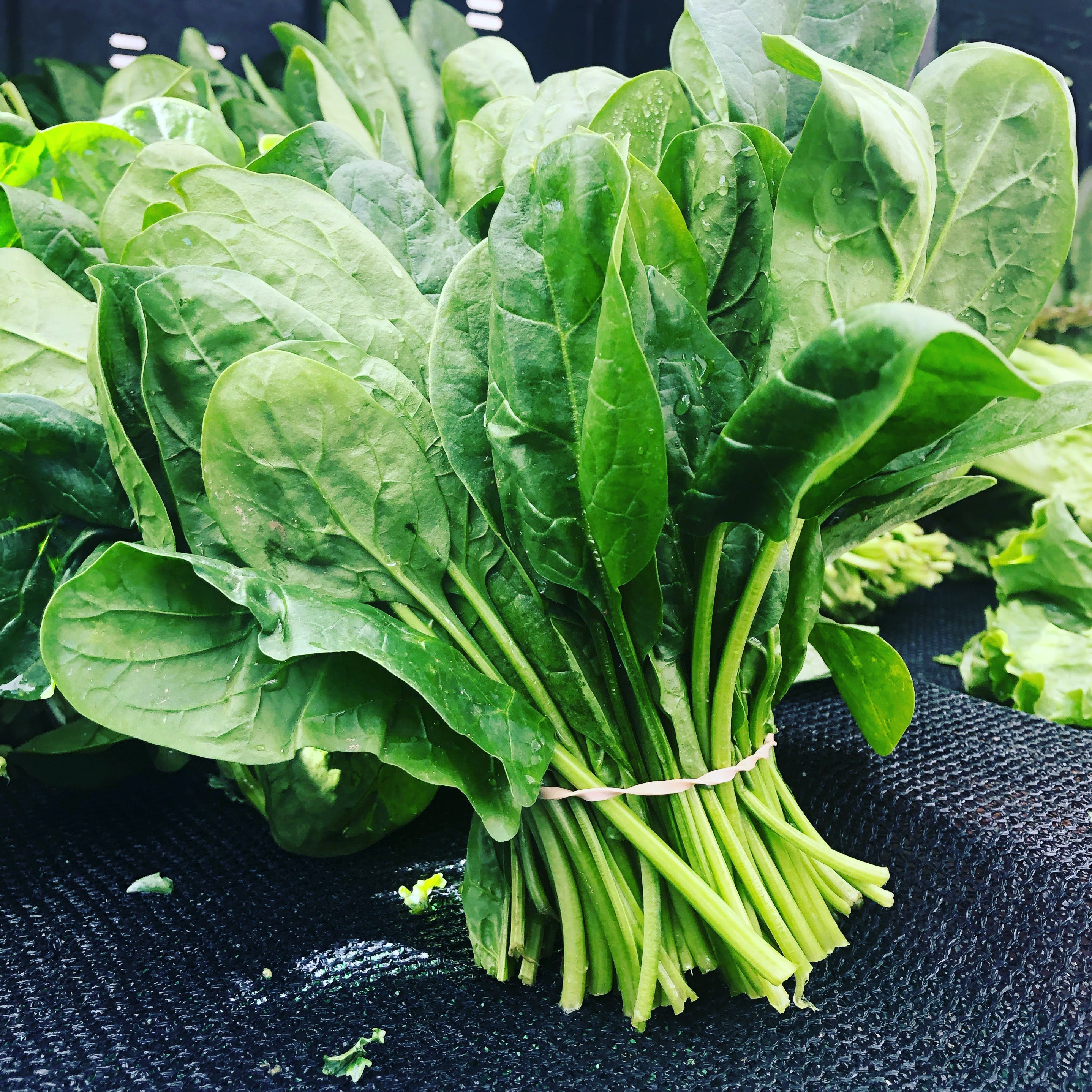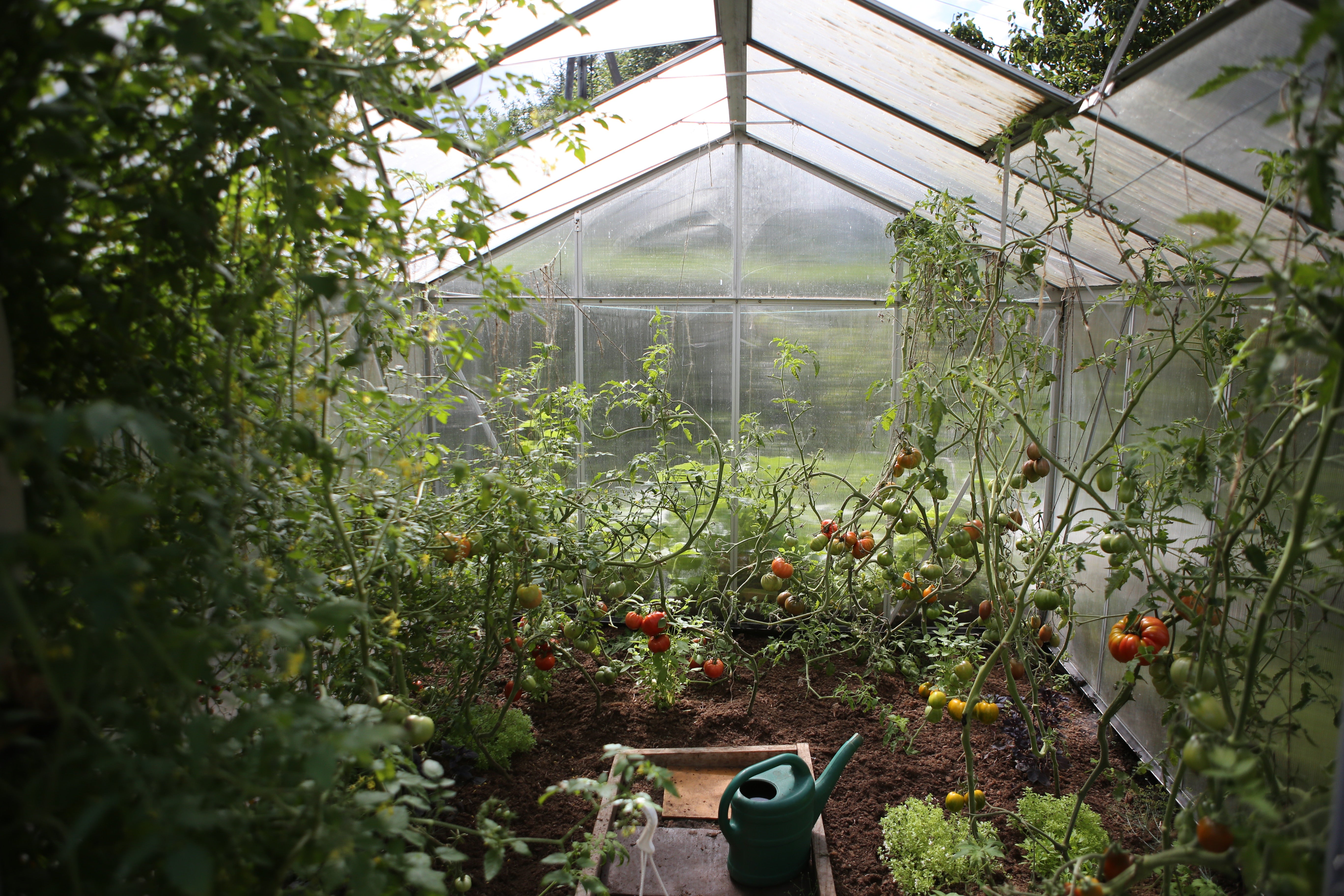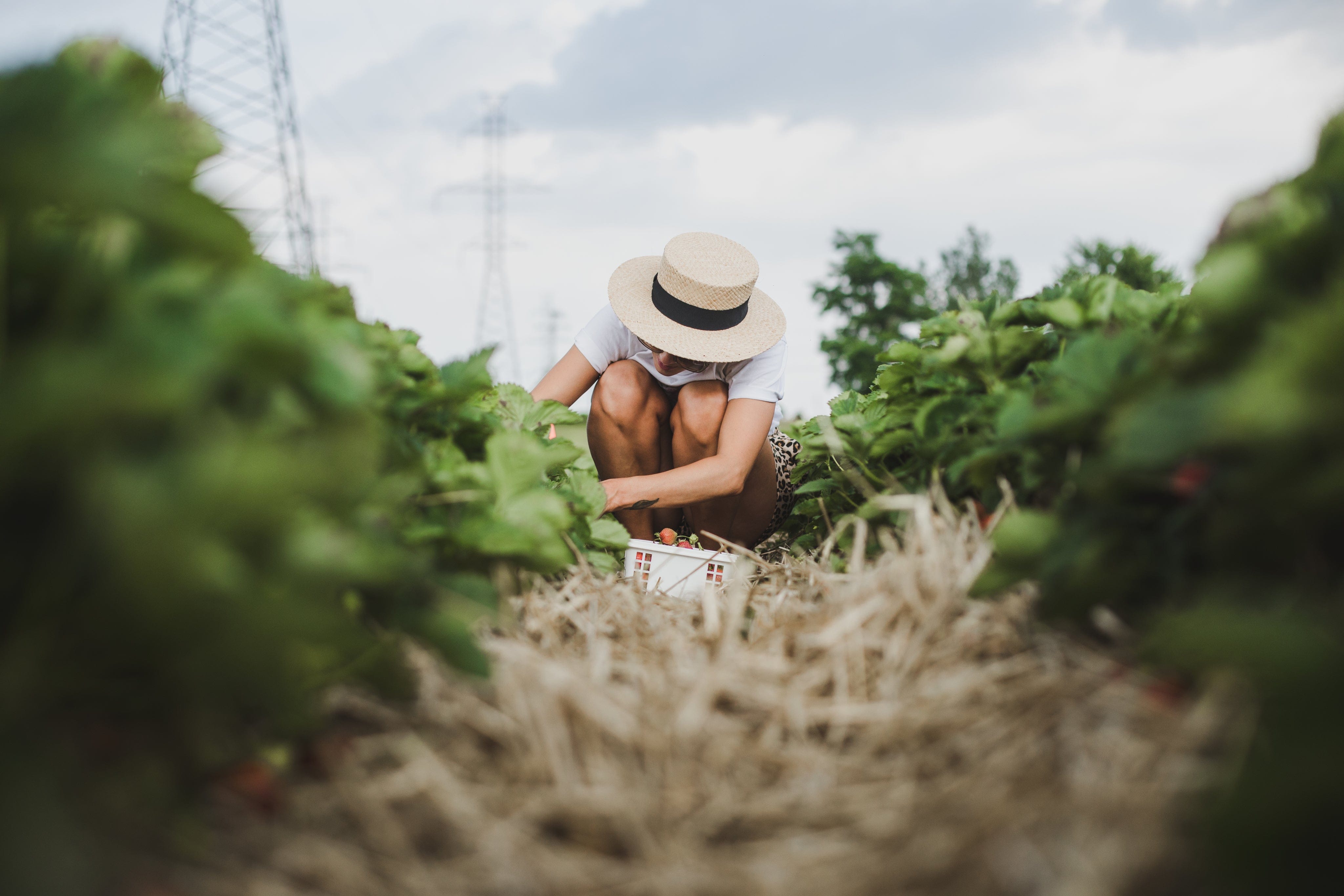
Choosing the Right Size Garden Pot for Your Space

In this blog post, we will share some tips on how to choose the right size garden pot for your garden, patio or indoor space.
Garden pots are a fantastic way to add greenery and a touch of nature to your home, garden, or patio. They come in various sizes and colors, so you can choose the one that best suits your style and space. However, selecting the right size and style of pot is crucial to ensure that your plants thrive and the overall appearance is pleasing.
Not everyone has access to a measuring tape, but that doesn't mean you can't determine the size of an area or the size of a garden pot. You can use everyday objects and measurements to estimate the size of an area and choose the right size pot for your plants.
1.Estimating the Size of an Area
To estimate the size of an area, you can use the average length of your arm. The average arm length of an adult is approximately 635 millimeters. You can use this measurement to estimate the size of a small area, such as a tabletop or a window sill.
For larger areas, you can use the average height of a person. The average human height is approximately 1.8 meters or 180 centimeters. You can use this measurement to estimate the size of a room, a patio, or a garden bed.
2. Determine the right size
Choosing the right size of the pot is essential as it can determine whether the plants will flourish or wither away. A pot that is too small will limit the root growth, while a pot that is too big can cause waterlogging and damage the roots. A general rule of thumb is to choose a pot that is one-third the height of the plant.
Also, consider the size of the plant when it is fully grown. If the plant requires a large pot to accommodate its mature size, then it is best to start with a larger pot size.
3.Choose the right color
Pots come in different colors, so you can choose the one that best suits your style and the space. Dark-colored pots absorb more heat and can dry out the soil faster. Light-colored pots, on the other hand, reflect heat and can keep the soil moist for longer. You can also choose pots with patterns, textures, or designs that complement your decor.
- Create a focal feature with pots
Using garden pots as focal points can help to create a cohesive and beautiful space. You can choose one large statement pot or a group of smaller pots arranged in a pleasing pattern. This will help to draw the eye and make the space look more visually interesting.
- Choosing a pot that will be right for the plant
Different plants have different requirements, and the type of pot you choose can affect their growth and development. For instance, plants that require good drainage will benefit from a pot with drainage holes. Other plants may prefer a pot with a self-watering system.
In conclusion, choosing the right size garden pot for your space is essential to ensure that your plants thrive and the space looks beautiful. Consider the size of the pot, the color, the style, and the plant's requirements when choosing the perfect garden pot for your space. With these tips in mind, you can create a beautiful and thriving indoor or outdoor garden that will enhance your living space.




Leave a comment
This site is protected by hCaptcha and the hCaptcha Privacy Policy and Terms of Service apply.